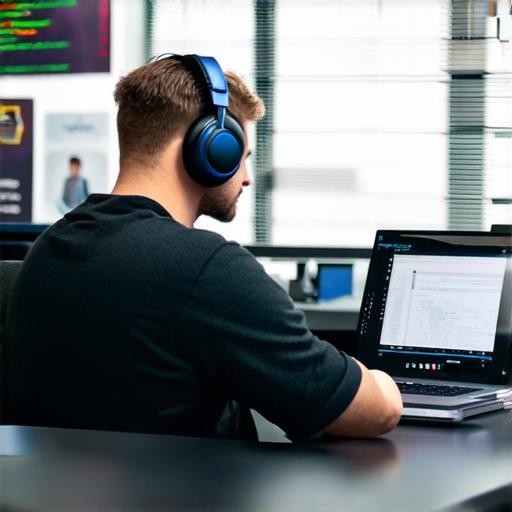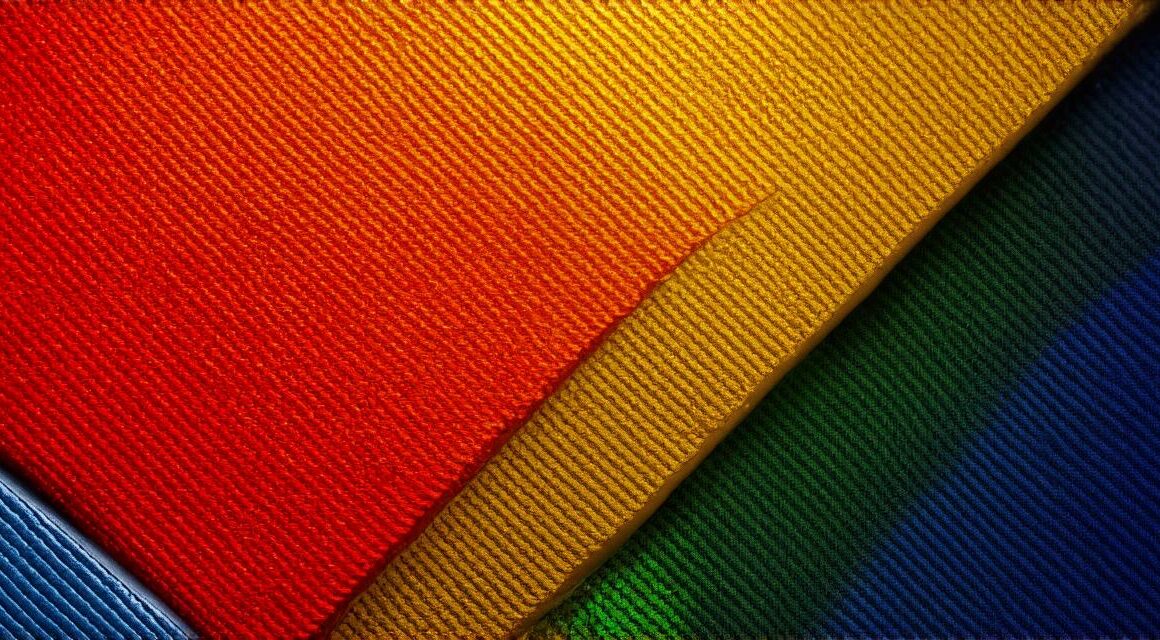If you’re a Unity 3D artist looking to take your gaming visuals to the next level, you’ve come to the right place. In this article, we will explore expert tips that will help you enhance the graphics in your games and create an immersive experience for your players.
Getting Started with Lighting
Lighting is one of the most critical components of creating realistic graphics in any video game. It sets the mood and atmosphere of a scene and can significantly impact player immersion. Here are some expert tips to help you master lighting in Unity 3D:
- Use HDRP (High Dynamic Range Pipeline): This technique allows for more realistic lighting effects by separating the high-bright and low-bright areas of the scene. It also improves color accuracy and reduces bloom.
- Experiment with different light sources: Try using multiple light sources to create a sense of depth and dimension in your scenes. You can use directional lights, point lights, spotlights, and even shadow casting objects.
- Use post-processing effects: Post-processing effects like Bloom, Color Correction, and Lens Flare can add an extra layer of realism to your lighting. However, be careful not to overdo it as too many effects can make the scene look unnatural.
- Pay attention to shadows: Shadows are an essential part of creating realistic lighting in a scene. Make sure to position your light sources correctly to create believable shadows.
Mastering Texturing Techniques
Texturing is another crucial aspect of creating high-quality graphics in Unity 3D. It involves adding visual elements like texture, color, and shading to an object to make it look more realistic. Here are some expert tips to help you master texturing techniques:
- Use 2D textures: 2D textures like images and videos can be used to create detailed and textured surfaces in your games. You can use these textures as a base layer or add additional layers of detail using other techniques.
- Experiment with shaders: Shaders are used to define the appearance of objects in a scene. There are many types of shaders available in Unity 3D, and you can experiment with them to create unique looks for your game.
- Use normal maps: Normal maps are used to add depth and detail to an object’s surface by simulating light bouncing off it. You can use them to make objects look more realistic and add texture to your scenes.
- Use displacement maps: Displacement maps are used to add subtle deformations to an object’s surface, making it look more realistic. You can use them to create things like dirt, dust, and other textures that would be difficult to achieve with regular texturing techniques.

Using Particle Effects
Particle effects are a great way to add visual interest to your scenes in Unity 3D. They can be used for anything from explosions and fire to smoke and water effects. Here are some expert tips to help you use particle effects effectively:
- Keep it simple: Don’t overdo it with too many particles or complex effects. Simple is often better when it comes to particle effects.
- Use layers: You can use different layers of particle effects to create more complex and interesting scenes. For example, you can use one layer for smoke and another for explosions.
- Experiment with shapes: Particle effects can be used to create a wide variety of shapes, including spheres, cylinders, and polygons. Try experimenting with different shapes to create unique effects.
- Use particle emitters: Particle emitters are used to control where particles are created in a scene. You can use them to create patterns or randomized effects that add more depth and complexity to your scenes.
Summary
In conclusion, enhancing the visuals of your Unity 3D games is crucial for creating an immersive experience for your players. By mastering lighting, texturing, particle effects, and other techniques, you can take your game development skills to the next level. Remember to keep it simple, experiment with different layers and shapes, and pay attention to detail to create stunning visuals that will captivate your audience.



